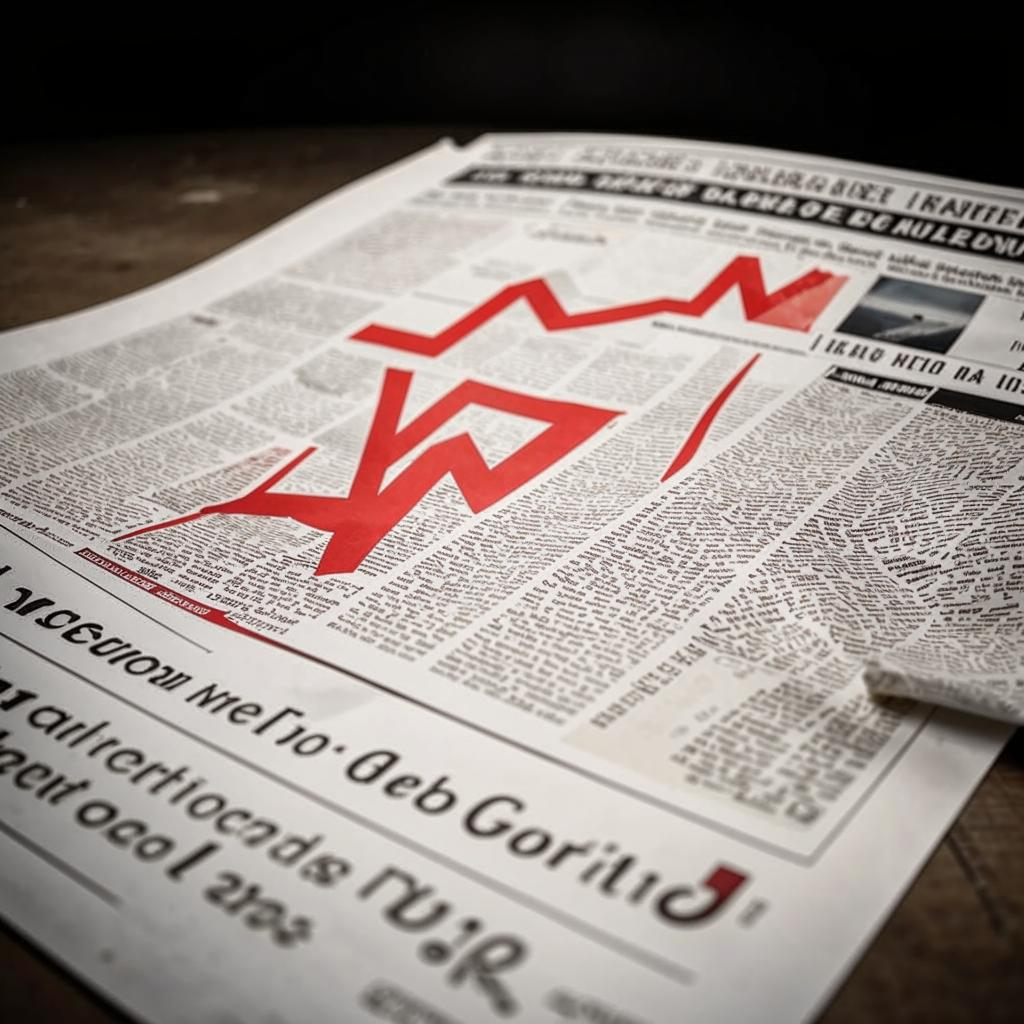The bond market is sending a stark warning. The yield curve, specifically the difference between the 2-year and 10-year Treasury yields, is deeply inverted – a situation where short-term bonds yield more than long-term ones. This unusual phenomenon has historically been a reliable, though not foolproof, predictor of economic recession.
An inverted yield curve reflects investor expectations. When investors believe the economy will slow down, they flock to the safety of long-term bonds, driving their yields down. Simultaneously, short-term yields rise, often influenced by the Federal Reserve’s monetary policy, as the Fed tries to combat inflation. The current inversion suggests that investors anticipate the Fed’s actions to potentially trigger an economic downturn.
However, the timing of a recession following a yield curve inversion is variable. It can take months, even over a year, for the actual recession to materialize. Some argue that the yield curve’s predictive power has diminished in recent years due to factors like global capital flows and the Fed’s unconventional monetary policies (quantitative easing).
Despite these arguments, many economists remain concerned. The depth of the current inversion, with the spread reaching levels not seen in decades, is particularly worrisome. It suggests a strong conviction among investors that the Fed’s tightening cycle will ultimately lead to a significant economic slowdown.
While an inverted yield curve is not a guarantee of a recession, it’s a signal that demands close attention. Investors and policymakers alike are watching closely to see if this historical indicator will prove accurate once again. The current economic landscape is complex, but the bond market’s message is clear: proceed with caution.















